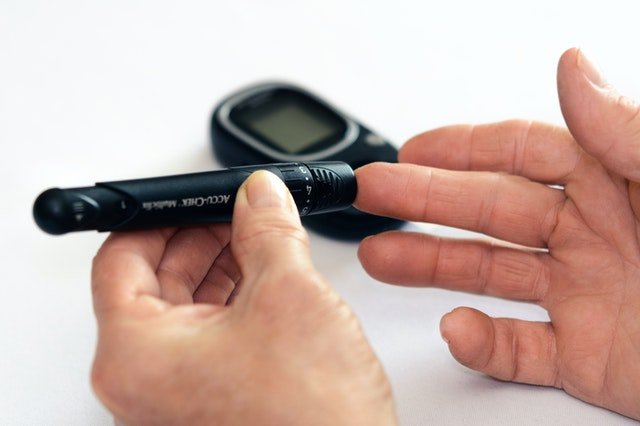
In a new study, researchers found valuable new grip strength metrics that provide doctors with an easy-to-perform, time-efficient screening tool for type 2 diabetes.
The research was conducted by a team at Oakland University.
As the type 2 diabetes patient population continues to increase in the United States, diagnosing this disease in its early stages is becoming more important for preventing complications caused by blood vessel damage associated with diabetes.
T2DM is asymptomatic in its initial stages, and prompt diagnosis can prevent or delay vascular complications such as neuropathy, retinopathy, and nephropathy.
Muscular weakness is known to be associated with T2DM in otherwise seemingly healthy adults, however previous research had not found a way to assess this reliably.
The current study was able to identify consistent grip strength cut points relative to body weight, gender, and age group in a large group of people with comorbid conditions such as high blood pressure.
In the study, the team identifies the levels of handgrip strength/weakness that correlate with T2DM in otherwise healthy men and women, according to their body weights and ages.
They analyzed survey data from the 2011-2012 and 2013-2014 National Health and Nutrition Examination Survey to establish normalized grip strength (grip strength relative to body weight) cut-points for T2DM risk.
Inexpensive portable handgrip dynamometer devices were used to determine hand and forearm strength.
The researchers identified the grip strength levels of at-risk patients who were otherwise healthy.
These levels are presented with age- and sex-specific grip strength cut points that correspond to varying body weights to increase the ease of use for practitioners as indicators of when further diabetes diagnostic testing is warranted.
For example, the cut point for women aged 50-80 years is 0.49. This means that if a 60-year old woman’s combined grip strength from left and right hands was 43 kg, and her body weight was 90 kg, her normalized grip strength would be 0.478.
Since this value is less than 0.49, this indicates that she is at increased risk for diabetes and further screening is warranted.
The team says the use of the normalized grip strength cut points could be used in routine health screenings to identify at-risk patients and improve diagnosis and health outcomes.
The lead author of the study is Elise C. Brown, Ph.D., Department of Public and Environmental Wellness, Oakland University, Rochester, MI, USA.
The study is published in the American Journal of Preventive Medicine.
Copyright © 2020 Knowridge Science Report. All rights reserved.



